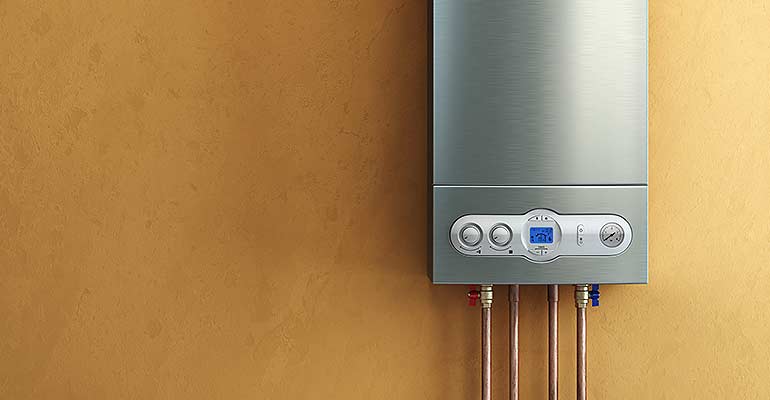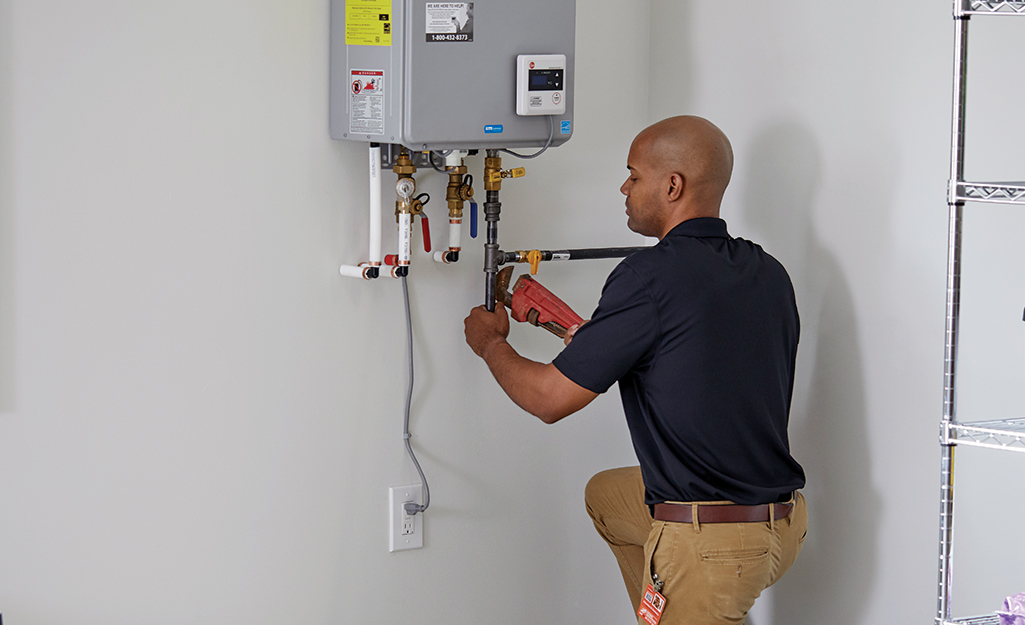The content below pertaining to What Kind of Maintenance Do Water Heaters Need? is exceptionally entertaining. Read on and make your own personal findings.

Warm water is necessary for everyday convenience, whether it's for a rejuvenating shower or cleaning recipes. To guarantee your warm water system runs efficiently and lasts much longer, regular upkeep is crucial. This short article provides functional suggestions and insights on just how to keep your home's hot water system to stay clear of interruptions and costly fixings.
Introduction
Keeping your home's warm water system may appear complicated, however with a couple of easy actions, you can ensure it operates efficiently for years ahead. This guide covers every little thing from understanding your warm water system to do it yourself maintenance ideas and knowing when to employ professional aid.
Importance of Keeping Your Hot Water System
Normal maintenance not just extends the life expectancy of your warm water system but additionally ensures it runs efficiently. Ignoring upkeep can result in lowered efficiency, greater power expenses, and also early failure of the system.
Indications Your Warm Water System Needs Upkeep
Knowing when your warm water system requires attention can avoid significant issues. Watch out for indicators such as inconsistent water temperature, odd sounds from the heater, or rustic water.
Recognizing Your Hot Water System
Before diving right into upkeep jobs, it's useful to comprehend the standard components of your warm water system. Commonly, this includes the water heater itself, pipes, anode rods, and temperature level controls.
Month-to-month Maintenance Tasks
Routine regular monthly checks can assist capture small concerns prior to they escalate.
Purging the Water Heater
Flushing your hot water heater removes sediment buildup, improving efficiency and prolonging its life.
Checking and Replacing Anode Rods
Anode rods protect against corrosion inside the tank. Checking and changing them when broken is critical.
Inspecting and Adjusting Temperature Settings
Adjusting the temperature settings guarantees optimal performance and safety.
Do It Yourself Tips for Maintenance
You can do numerous upkeep tasks yourself to keep your hot water system in leading problem.
Checking for Leakages
Regularly evaluate pipelines and links for leaks, as these can result in water damage and higher bills.
Testing Stress Alleviation Valves
Checking the pressure relief valve guarantees it operates appropriately and stops extreme pressure buildup.
Shielding Pipelines
Shielding hot water pipes lowers warmth loss and can save energy.
When to Call a Specialist
While do it yourself upkeep is helpful, some problems require specialist know-how.
Complicated Issues Calling For Specialist Assistance
Examples consist of major leaks, electric problems, or if your hot water heater is continually underperforming.
Regular Professional Upkeep Advantages
Specialist upkeep can include thorough examinations, tune-ups, and guaranteeing conformity with security standards.
Verdict
Regular upkeep of your home's warm water system is important for performance, durability, and price savings. By adhering to these suggestions and recognizing when to seek expert aid, you can guarantee a reliable supply of warm water without unexpected interruptions.
How to Maintain an Instant Hot Water Heater
Before tinkering with your hot water heater, make sure that it’s not powered on. You also have to turn off the main circuit breaker and shut off the main gas line to prevent accidents. Also turn off the water valves connected to your unit to prevent water from flowing into and out of the appliance. 2. When you’re done, you have to detach the purge valves’ caps. These look like the letter “T†and are situated on either side of the water valves. Doing so will release any pressure that has accumulated inside the valves while at the same time avoid hot water from shooting out and burning your skin. 3. When the purge valves’ caps are removed, you have to connect your hosing lines to the valves. Your unit should have come with three hoses but if it didn’t, you can purchase these things from any hardware or home repair shops. You can also get them from retail stores that sell water heating systems. Read the user’s manual and follow it to complete this task properly. When the hosing lines are connected, open the purge port’s valves. 4. You should never use harsh chemical cleaners or solutions when cleaning your unit. Make use of white vinegar instead. It should be undiluted and you’ll probably use about 2 gallons. 5. Now flush your water heater. This task should probably take about 40 minutes. We can’t give you specific directions for this because the procedure is carried out depending on the type, model and brand of your heater. With that being said, refer to the user’s manual. 6. When you’re done draining the unit, you have to turn off the purge port valves again. Remove the hosing lines that you earlier installed on each of the water valves. Put the valve caps (purge port) back in their respective places and be very careful so as not to damage the rubber discs that are found inside these caps. 7. Now that everything’s back in place, check your user’s manual again to find out how to reactivate your water heating system. 8. Once it is working, turn one of your hot water faucets on just to let air pass through the heater’s water supply pipes. Leave the tap on until water flows smoothly out of it. https://www.orrplumbing.com/blog/2014/september/how-to-maintain-an-instant-hot-water-heater/

As a serious reader on How to Maintain a Hot Water Heater in a Few Simple Steps, I think sharing that piece of content was beneficial. I beg you take the time to promote this page if you enjoyed it. We love your readership.
Click Here